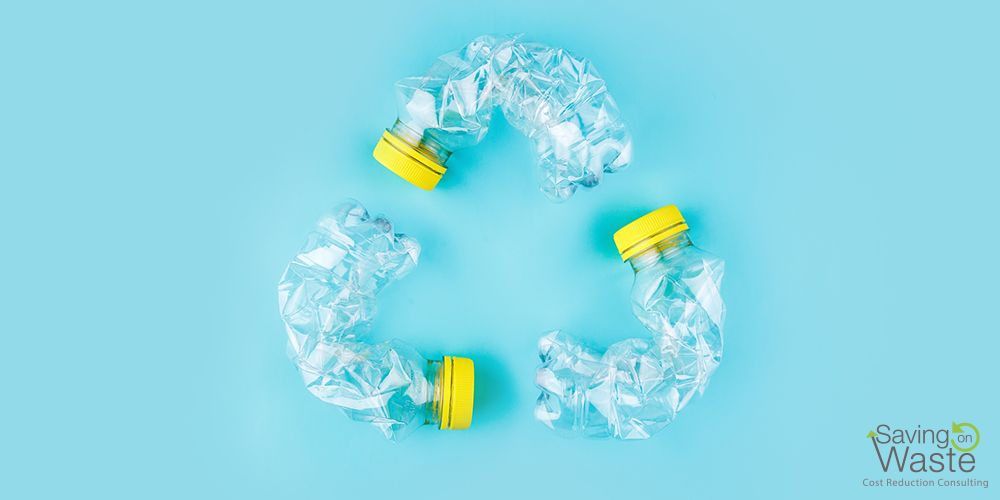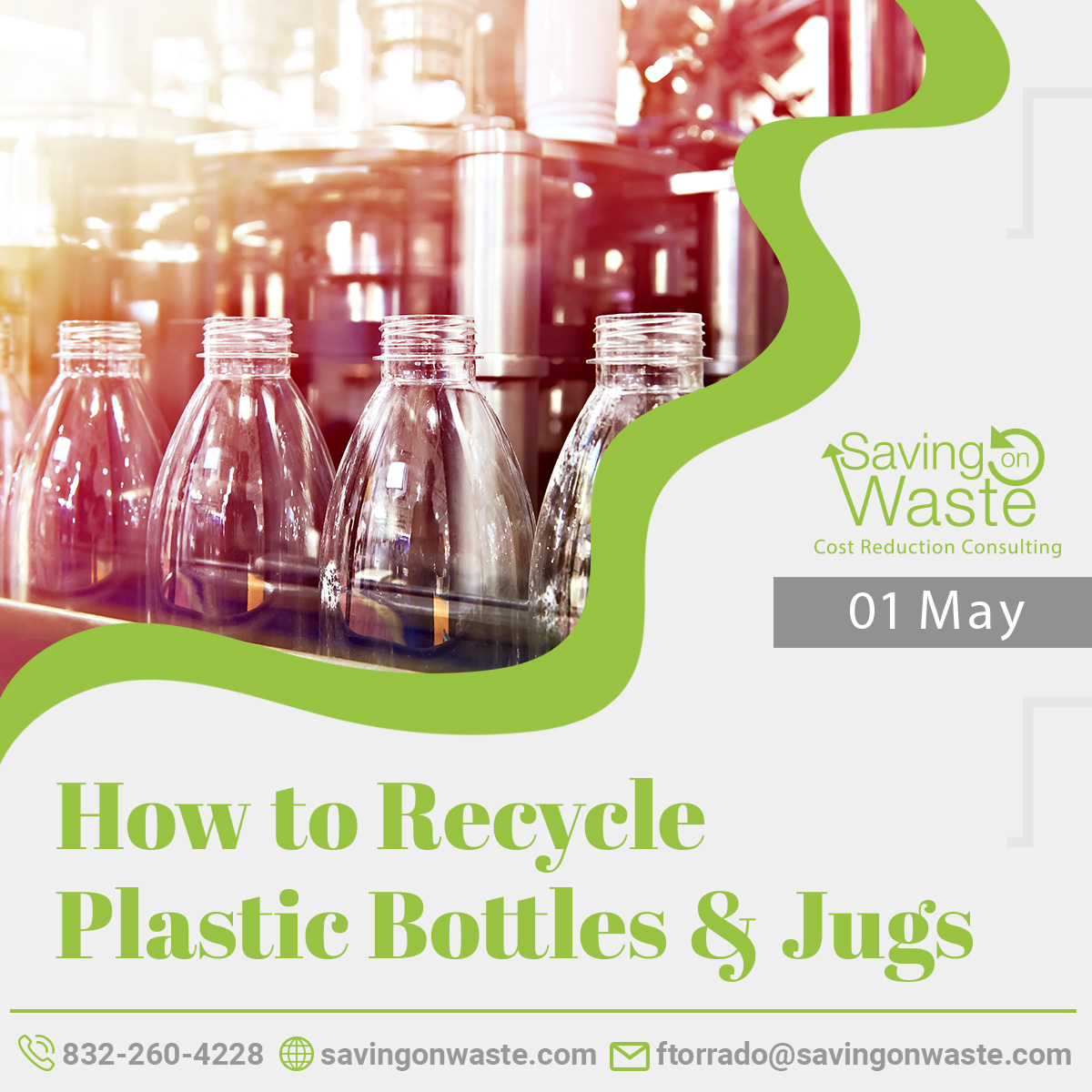
How to Recycle Plastic Bottles & Jugs
Best Trash Collection In Houston
Most bottles and jugs are #1 plastic (PET) or #2 plastic (HDPE), which are both accepted by most curbside recycling programs. The type of plastic is identified with a resin ID code on the bottle.
Occasionally you will find bottles made from #3-#7 plastics, such as those made from plants instead of natural gas. These plastics may not be collected in your curbside program.
Plastic Bottle & Jug Recycling Preparation
- Most recycling programs ask that you rinse your bottles and jugs before recycling. The remnants often contain sugar, which will attract insects and generate odors.
- You’ll want to check with your local program whether to keep caps on the bottles, or whether caps are accepted at all. Some programs want the cap on to prevent loose caps from falling out during transportation. Others want the cap off to ensure the bottle is empty and because their recycling machinery may be damaged when trying to crush a capped bottle.
- You should be OK leaving the label on the bottle, but it’s unlikely to be recycled since it’s a low-grade quality of paper or plastic.
Why Recycle Plastic Bottles & Jugs
- Plastic bottles are among the most common sources of marine debris, where they can be mistaken as food by birds and fish.
- Plastic bottles don’t biodegrade, meaning it will take hundreds of years for them to decompose in a landfill.
- In America, we use 2.5 million plastic bottles each hour, and they are all designed for one use.
- Using recycled plastic to make new products saves 66 percent of the energy over using virgin material.
Plastic Bottle & Jug Recycling Process
Recycling centers use optical scanners to identify the type of plastic resin, so #1 and #2 plastics are separated from each other and other materials (such as paper and glass). Bottles are then crushed (where caps are removed if you haven’t already done so) and baled to be sent to a plastic recycler.
Recyclers will shred the #1 or #2 plastic into flakes, which are washed, rinsed and dried. Flakes are then melted into pellets, then transported to a manufacturer to make new plastic bottles/jugs or other products, such as lining for sleeping bags, T-shirts, carpet, or playground equipment.
What is the difference between PET and HDPE?
Other than being separate resins, #1 and #2 plastic have different purposes. High-density polyethylene (HDPE, or #2 plastic) is translucent, which is why milk jugs appear cloudy. It’s also more durable. Polyethylene terephthalate (PET, or #1 plastic) has better temperature protection, which is why it’s used to store most beverages. Both are highly used and valuable plastic resins.
Why are plastic bottles and jugs often recycled into non-bottle products?
Most new plastic bottles are made from virgin material because it’s less expensive for the manufacturer. However, the great thing about recycling plastic is that there are so many new products you can make with recycled plastic that aren’t designed for one-time use. The U.S. soccer team even makes its jerseys from recycled plastic bottles.
Source: Earth911
Saving on Waste is a cost reduction consultant company. Our main office is in Houston, TX but we can work in all of The United States. We would work for you, the client, and always have in mind your needs and try to maximize savings.

Best Trash Collection In Houston
Waste Hauler in Houston TX, Waste Collections in Houston TX, Waste Consultant, Trash Services, Trash Collection, Trash Pickup Services, Trash Reduction, Dumpster Collection ServicesSaving on Waste

